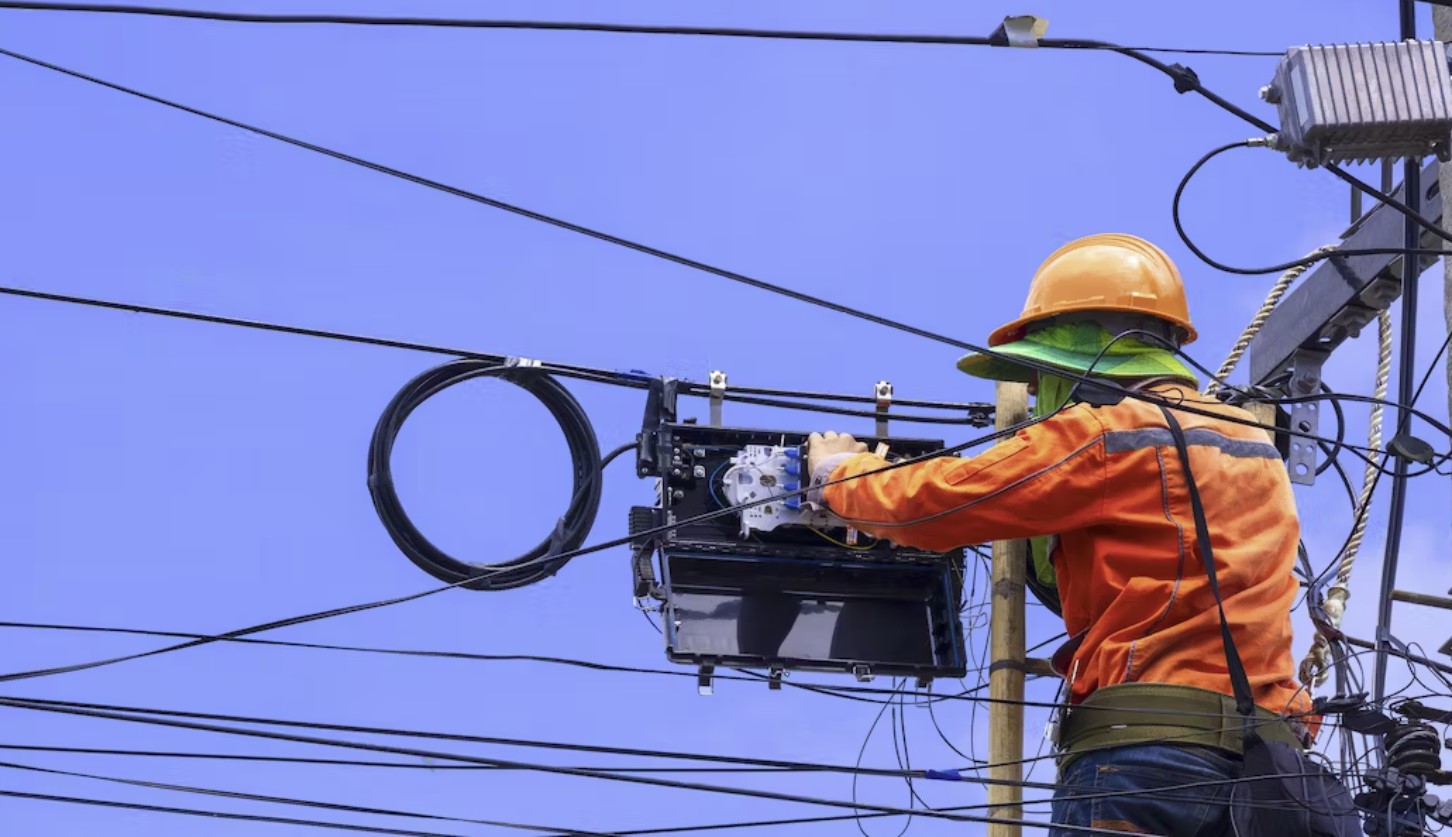Stay up to date with Tempo Announcements and News

U.S. Department of Labor to Recognize Telecommunications Technician Job Category
In its July 2023 newsletter, the Fiber Optic Association announced it got confirmation from the United States Department of Labor’s Bureau of Labor Statistics (BLS) that beginning in September, the government entity will recognize Telecommunications Technician as a job category. For decades, communications workers including fiber-optic installers and technicians have been grouped with electrical line workers in BLS statistics.
“Going forward, we should be able to point people to the BLS website to explain what jobs are like in fiber and wireless, and soon have better jobs data from the Department of Labor,” the FOA said. “Having a unique job category will also help organizations like the workforce and broadband agencies in each state to define training programs when applying for broadband grants.”
The FOA further explained this path to BLS recognition of telecommunications technicians has been a long one, including correspondence over more than two decades. The FOA recalled that path as follows.
“When we began, the BLS had fiber-optic technicians in a category with ‘lineman,’ a term from a century ago that referred to installers of aerial electrical transmission and distribution cables. When telephone technicians were added, they went into that category since most cables were installed up in the air on poles too. Fiber installers just followed the copper telephone techs since fiber was replacing copper wires.
“Around 2000, BLS contacted FOA to help define the job of a fiber-optic tech and we began what became a long-term project to define the jobs. From the beginning, we worked to help identify the differences between fiber techs and electrical linemen—something we knew well because of our close relationship with the IBEW, NECA, and their electrical apprenticeship training programs, JATCs. But the combination of these two groups made getting good statistical data on the different jobs difficult. “Over this long time period, FOA has had many conversations with BLS personnel and helped to refine the job descriptions, but always quietly emphasizing the need to separate them. Finally this year, we had a new [BLS] analyst contact us and we had new ammunition—the IIJA/BEAD programs—which was already on their minds. Everybody has been talking about the shortage of fiber techs needed to build out the broadband networks that are being funded, so the importance of this job category was finally being recognized.
“FOA submitted proposed revisions to the BLS job definition and had several long phone conversations. We explained that fiber techs were involved in several different parts of a project—designing, installing, and operating the network. We explained the dependence of wireless on fiber and their dominance in modern communications. In these calls, the conclusion was that a new category would be for communications workers, so we invited the Communications Workers of America to participate. Together we worked out the details for a new category of Telecommunications Technicians that would include fiber-optic and wireless techs working in a broad spectrum of jobs in communications.”
In June, the FOA’s contact at the BLS informed the association that the title Telecommunications Technician had been approved, and the new profile will be released with updated employment projections data on September 6. “FOA is proud to have been able to get these changes made. It will make a real difference,” the association concluded.